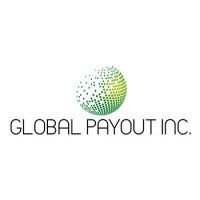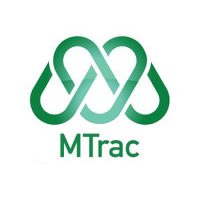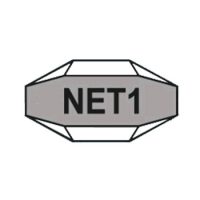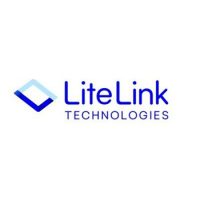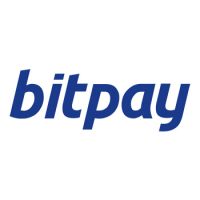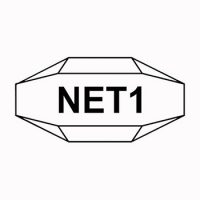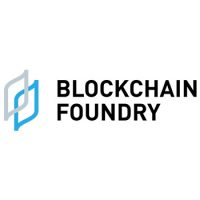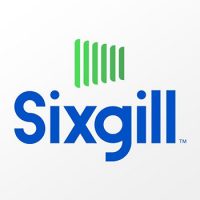Blockchain
BLOCKCHANCE2021: Blockchain leaves the hype behind

Over 2,000 blockchain enthusiasts came together in Hamburg at BLOCKCHANCE 2021 to take stock and talk about the future of blockchain.
As cryptostars Joseph Lubin, Michael Saylor, Justin Sun, Raoul Pal, and Fabian Vogelsteller provided insights, it became clear that blockchain no longer is a hype but is becoming established in businesses and society.
Six topics stood out in over 120 presentations at the conference:
- Web3, Metaverse and DAOs
- NFTs
- Integration with current systems
- The multi-chain future
- DeFi
- Regulation and Sustainability
The future is Web3, NFTs and DAOs
Web3 continues to expand, driven by the boom in Non-Fungible Tokens (NFTs) and the development of Decentralised Autonomous Organisations (DAOs). “DAO-tools will enable democratic participation, while keeping efficient financial management structures,” says Max Hartmann, Head of Consulting at BLOCKCHANCE.
Integration with current systems
Decentralized technologies such as blockchain can be used to preserve liberal democracies rather than clashing with current systems. This is a move towards a more rationally based model of how blockchain can serve different sectors.
“For blockchain to arrive in the mainstream public, we need to educate them how blockchain can shape a positive and sustainable future,” explains Fabian Friedrich, CEO and Founder BLOCKCHANCE.
BLOCKCHANCE, together with European universities, is establishing the skill-building hub BLOCKCHANCEx, to raise a blockchain-savvy generation of students. “We need to empower the next generation who will live in a future we can barely imagine,” explains Fabian Friedrich.
Cross-chain solutions for an interconnected future
Interoperability will be a key topic in 2022. Cross-chain protocols allow exchange between application-specific chains. Ethereum, already a strong contender as the foundation for Web3, allows transactions between different blockchain applications and is already the dominant smart contract platform. Competitors such as Solana will continue to co-exist, providing a healthy balance in the market.
2022 – the year for DeFi?
Hindered by regulation and lack of trust, Decentralised Finance (DeFi) may see a comeback. Players such as AAVE, Compound, YFI and innovative projects such as Protocol Controlled Value (PCV) and Liquidity as a Service (LaaS) will continue to expand. New concepts will help resolve operational and regulatory barriers, causing further disruption in the finance sector.
NFTs everywhere
NFT-trading and integration are expected to grow, not least as gamers will be able to own and monetise NFTs and the NFT-Art boom continues. “The NFT-infrastructure, competing marketplaces and the aggregation of a fragmented crypto space are developments we expect.”
Regulation and sustainability
As regulators zoom in on blockchain, many companies will aim to for more compliance and transparency.
With NFTs, cryptocurrencies and blockchain applications on the rise, so is their environmental footprint. Increasingly investors are looking for sustainable solutions, just as more blockchain companies are using renewables or tap excess energy directly from the producers.
With better governance and clearer regulations, institutional investors and the mainstream public may find themselves sooner rather than later in some corner of the metaverse.
Blockchain
Decentralized science can be the next big thing for blockchain utilization
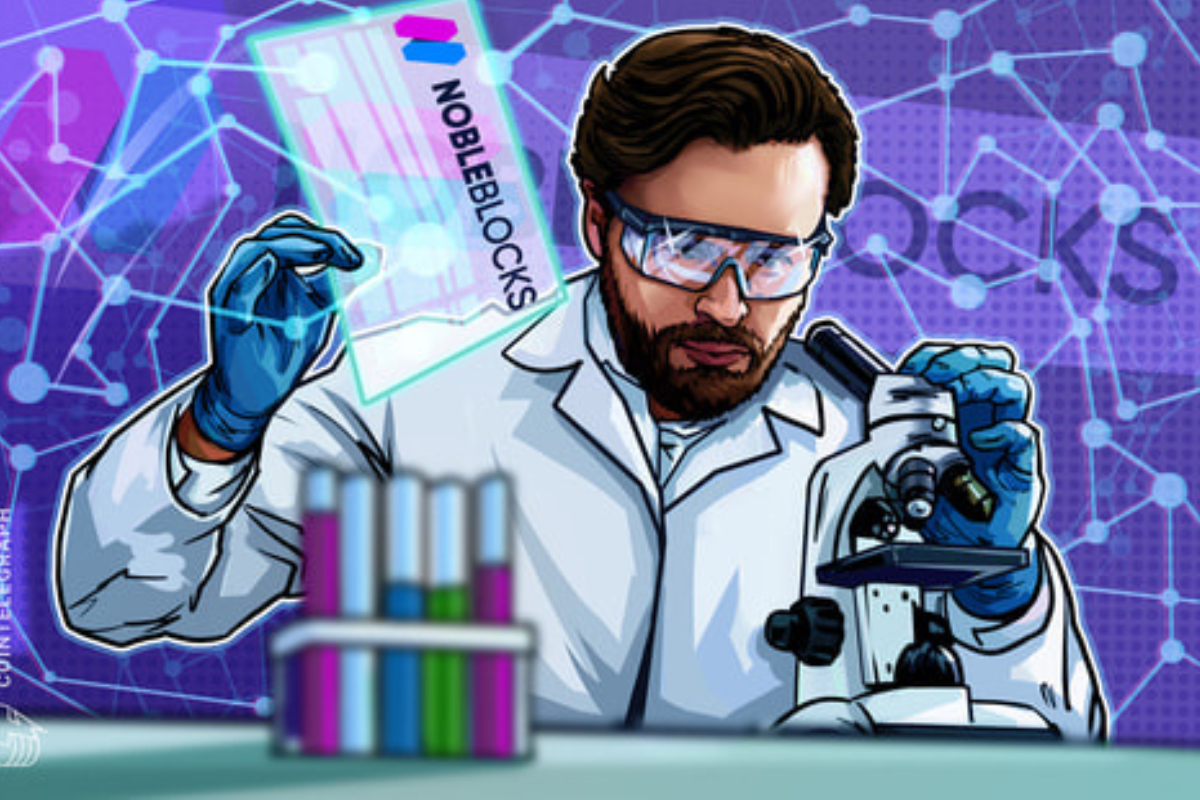
Decentralized science leverages blockchain’s decentralized ledger technology to address common challenges faced by researchers, including data integrity, reproducibility, and collaboration. By recording scientific data and research findings on a tamper-proof blockchain, researchers can ensure the integrity and authenticity of their work, reducing the risk of data manipulation or fraud.
Moreover, blockchain enables transparent and traceable peer review processes, allowing researchers to validate and verify each other’s work more effectively. This enhances the credibility and reliability of scientific publications, fostering trust within the scientific community and among the general public.
Blockchain-based platforms also facilitate greater collaboration and knowledge sharing among researchers, breaking down traditional barriers to access and enabling interdisciplinary collaboration. Through decentralized science platforms, researchers can securely share data, resources, and expertise, accelerating the pace of scientific discovery and innovation.
Despite its potential benefits, decentralized science still faces challenges, including regulatory uncertainties, technological barriers, and resistance to change within the scientific community. However, as blockchain technology continues to evolve and gain acceptance, decentralized science is poised to emerge as a transformative force in scientific research and collaboration.
Source: cointelegraph.com
The post Decentralized science can be the next big thing for blockchain utilization appeared first on HIPTHER Alerts.
Blockchain
How blockchain-based voting can restore trust in the electoral process
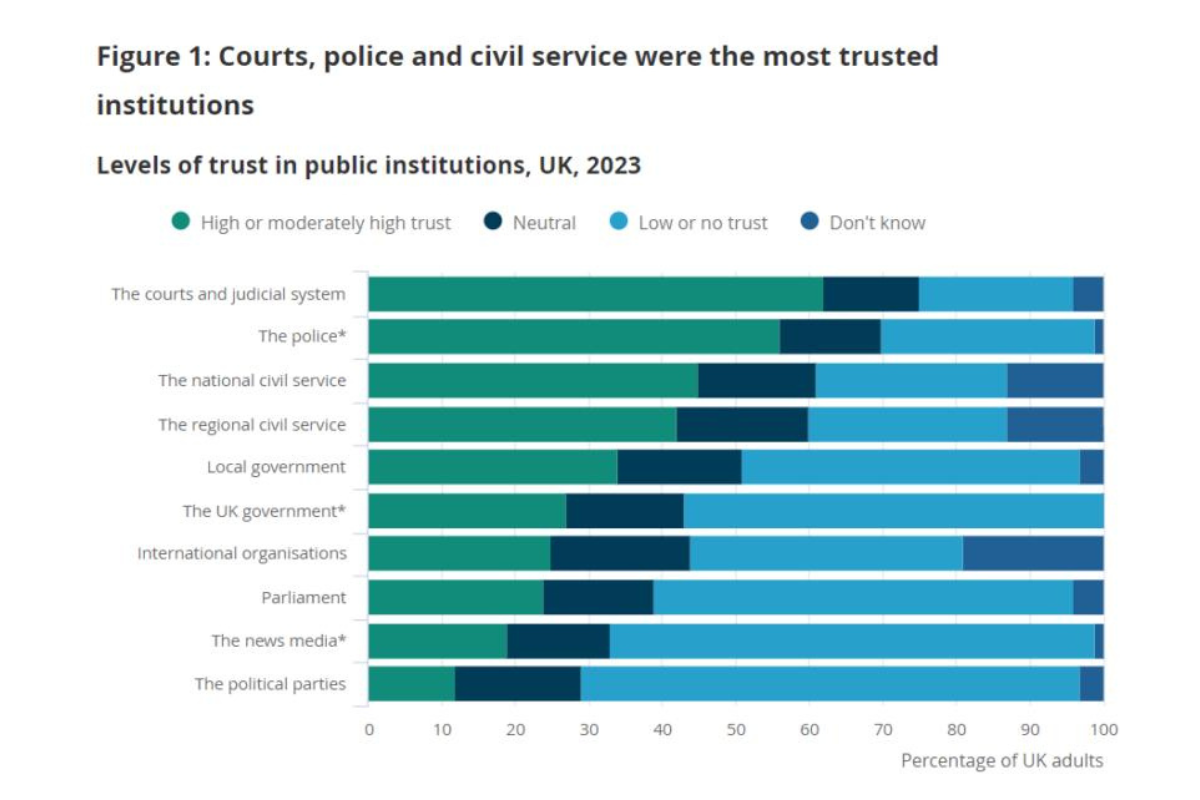
In this article we’re discussing the potential of blockchain-based voting systems to rebuild trust in electoral processes. These systems leverage blockchain technology’s transparency and immutability to address concerns surrounding election integrity and voter fraud.
Blockchain-based voting solutions offer several advantages over traditional methods, including increased transparency, security, and accessibility. By recording votes on a decentralized ledger, blockchain ensures that each vote is securely stored and tamper-proof, reducing the risk of manipulation or fraud.
Moreover, blockchain-based voting systems can enhance voter participation by providing greater accessibility to remote and disenfranchised populations. Through secure digital platforms, voters can cast their ballots from anywhere, reducing barriers to participation and promoting inclusivity.
Despite the potential benefits, the adoption of blockchain-based voting systems faces challenges, including regulatory hurdles and technological limitations. Governments and electoral authorities must navigate these obstacles to implement effective and trustworthy voting solutions.
Overall, the article highlights the transformative potential of blockchain technology in restoring trust and integrity to electoral processes. By embracing innovative voting systems built on blockchain, societies can uphold democratic principles and ensure fair and transparent elections.
Source: tradingview.com
The post How blockchain-based voting can restore trust in the electoral process appeared first on HIPTHER Alerts.
Blockchain
Binance Integrates USD Coin (USDC) on CELO Network
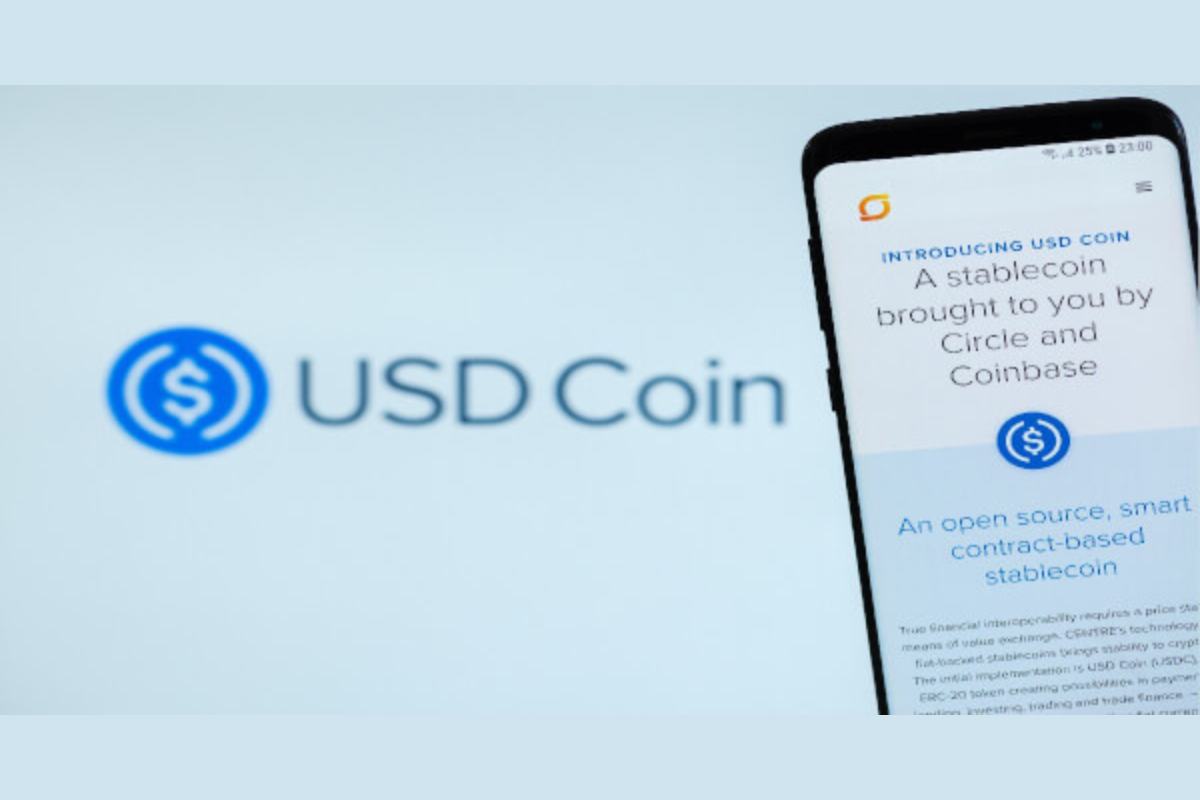
Binance has announced the integration of USD Coin (USDC) onto the Celo network, marking a significant step forward in expanding the utility and accessibility of USDC within the cryptocurrency ecosystem.
This integration enables users to seamlessly transfer USDC tokens across the Celo network, leveraging its high-speed and low-cost transactions. By integrating USDC on Celo, Binance aims to enhance the interoperability and accessibility of USDC, making it easier for users to engage with decentralized finance (DeFi) applications and access financial services on the Celo network.
USDC is a stablecoin pegged to the US dollar, offering users a reliable and transparent means of transacting value on the blockchain. With its integration on the Celo network, USDC gains access to Celo’s ecosystem of decentralized applications (DApps) and services, further expanding its utility and adoption.
The collaboration between Binance, USDC, and Celo underscores the growing importance of interoperability and cross-chain compatibility within the cryptocurrency space. By leveraging the strengths of each network, users can benefit from enhanced liquidity, accessibility, and functionality when using USDC on the Celo network.
Overall, the integration of USDC on the Celo network represents a significant milestone in advancing the capabilities of stablecoins and decentralized finance, providing users with greater flexibility and choice in managing their digital assets.
Source: blockchain.news
The post Binance Integrates USD Coin (USDC) on CELO Network appeared first on HIPTHER Alerts.
-

 Blockchain Press Releases7 days ago
Blockchain Press Releases7 days agoCanaan Shines at Blockchain Life 2024 in Dubai
-

 Blockchain7 days ago
Blockchain7 days agoQuantum eMotion Files a Patent for Quantum-based Blockchain Wallet Under the Patent Cooperation Treaty (PCT)
-

 Blockchain6 days ago
Blockchain6 days agoPhoenix Group Engages BHM Capital as Liquidity Provider to Boost ADX Liquidity and Enhance Market Dynamics
-

 Blockchain7 days ago
Blockchain7 days agoElizabeth Warren Urges Treasury Secretary Yellen to Implement Strong AML/CFT Measures for Stablecoins
-

 Blockchain6 days ago
Blockchain6 days agoCrypto fans count down to bitcoin’s ‘halving’
-

 Blockchain6 days ago
Blockchain6 days agoTether USDT stablecoin goes live on TON blockchain
-

 Blockchain Press Releases6 days ago
Blockchain Press Releases6 days agoDWF Labs joins the Klaytn Governance Council
-

 Blockchain Press Releases2 days ago
Blockchain Press Releases2 days agoDeFi Lens builds advanced Generative AI for Technical Analysis

















